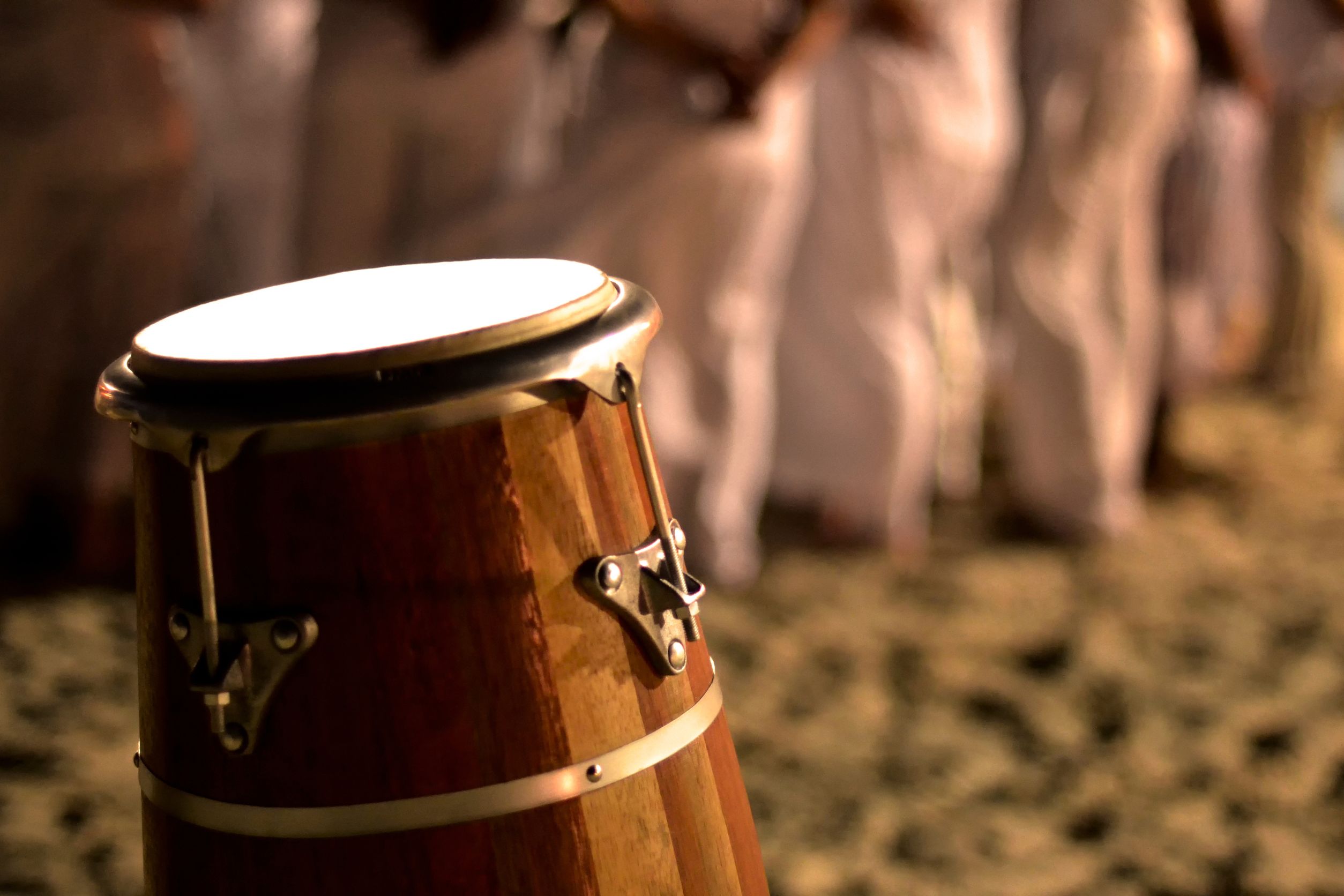
Canva
From secretive ceremonies to enigmatic leaders, cults have always captivated the public imagination with their clandestine nature and often controversial practices. This article delves into ten of the most intriguing and mysterious cults from around the world, uncovering what makes them both fascinating and sometimes unsettling.
1. The Order of the Solar Temple

Wikipedia
The Order of the Solar Temple was as dramatic in its demise as it was in its secretive operations. Founded in the 1980s, this cult believed in the melding of Christian and New Age beliefs, and their rituals were steeped in mysticism and symbolism. The tragic end came with mass suicides and murders that spanned Switzerland, France, and Canada during the early 1990s, shocking the global community. These acts were reportedly meant to advance members to a higher spiritual plane. Despite their violent end, the cult’s beliefs in transcendence and rebirth continue to puzzle researchers.
2. Heaven’s Gate

Wikipedia
Heaven’s Gate is perhaps one of the most technologically infused cults ever to exist, believing that salvation came through extraterrestrial transport. This U.S.-based group emerged in the 1970s, combining elements of Christianity with sci-fi, particularly the belief in an impending Earth recycling. Members famously participated in a mass suicide in 1997, coinciding with the Hale-Bopp comet, which they believed was a cosmic gateway to another dimension. The cult’s meticulous use of the Internet for recruitment and propaganda was pioneering at the time. Their blend of digital communication and apocalyptic prophecy creates a chilling legacy in the annals of cult history.
3. The People’s Temple
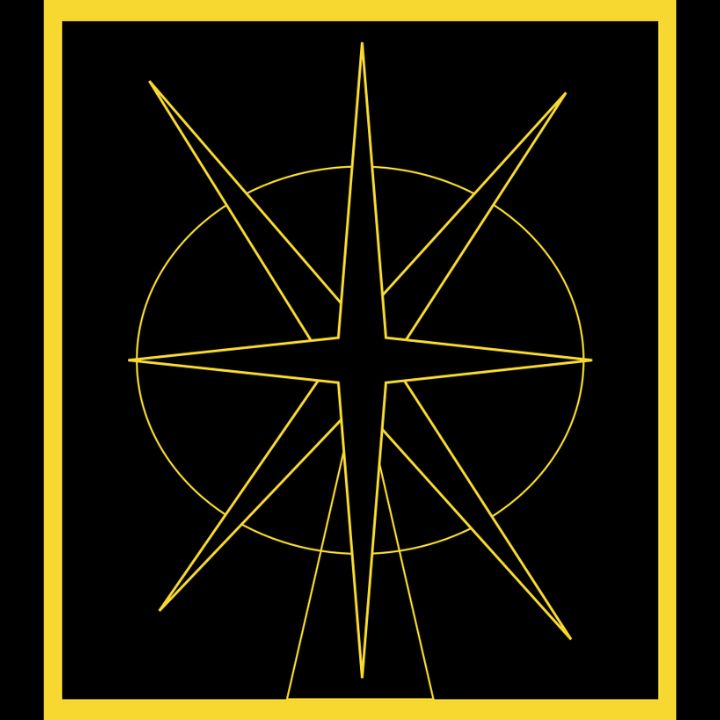
Wikipedia
Led by the charismatic and persuasive Jim Jones, The People’s Temple is infamous for the 1978 Jonestown massacre, where over 900 people died in a mass suicide-murder. Initially, the cult promised social utopia and racial equality, attracting many idealists seeking a new way of life in their communal living setups. The dark side unfolded in Guyana, where Jones shifted from benevolent leader to dictatorial tyrant, enforcing loyalty through fear and manipulation. The horrifying end came with a cyanide-laced drink, leaving the world stunned by the scale and tragedy of the event. The People’s Temple exemplifies how charismatic leadership can morph into dangerous control, leading to catastrophic outcomes.
4. The Manson Family
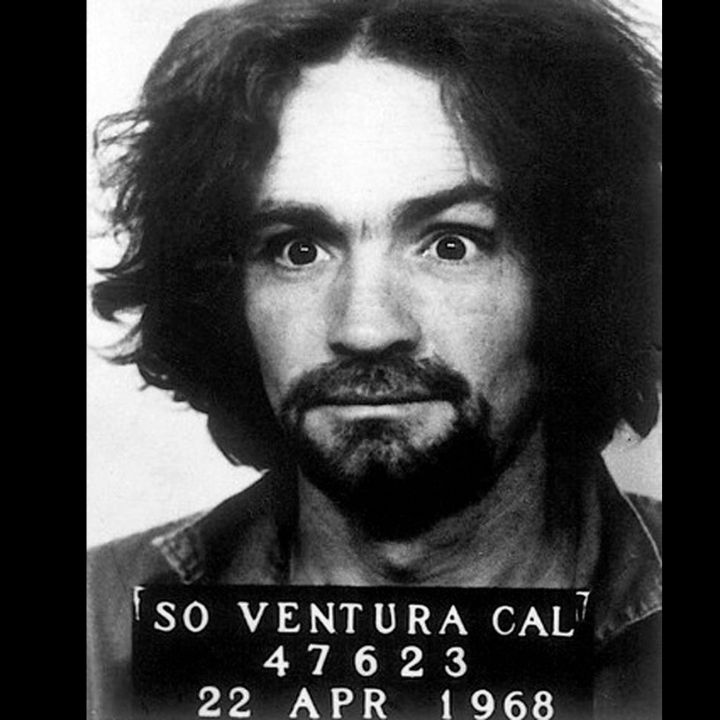
Wikipedia
The Manson Family, led by the infamous Charles Manson, turned the summer of 1969 into a season of horror with the Tate-LaBianca murders in Los Angeles. Manson’s apocalyptic vision was drawn from a twisted interpretation of Beatles songs, particularly “Helter Skelter,“ which he believed predicted a race war. His followers, mostly young women, were indoctrinated with drugs and manipulative teachings that led them to commit heinous crimes. Despite their brutal acts, the Family’s story continues to fascinate and horrify, reflecting the dark potential of cult dynamics. Their tale remains a grim reminder of the dangers posed by charismatic, unscrupulous leaders.
5. Aum Shinrikyo
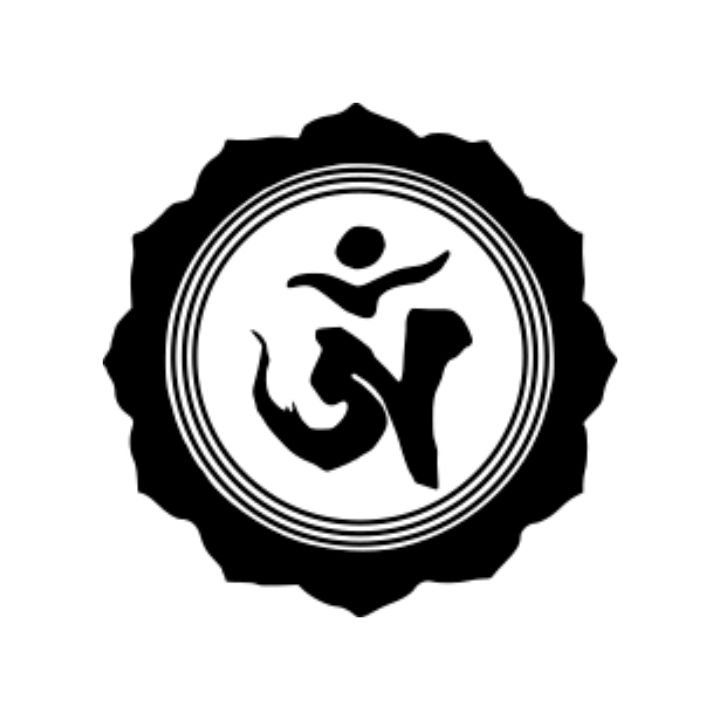
Wikipedia
Aum Shinrikyo, now renamed Aleph, gained global notoriety after the 1995 sarin gas attack on the Tokyo subway, which resulted in 13 deaths and injured thousands. This Japanese cult combined elements of Buddhism, Hinduism, and Christian apocalypticism, led by the enigmatic Shoko Asahara. Their practices included extreme ascetic exercises and the pursuit of supernatural powers, believed to protect them from the coming end times. The group’s sophisticated use of chemical weapons showed a chilling blend of religious fervor and scientific acumen. Asahara’s execution in 2018 did little to close the chapter on the cult’s disturbing impact.
6. The Raelian Movement
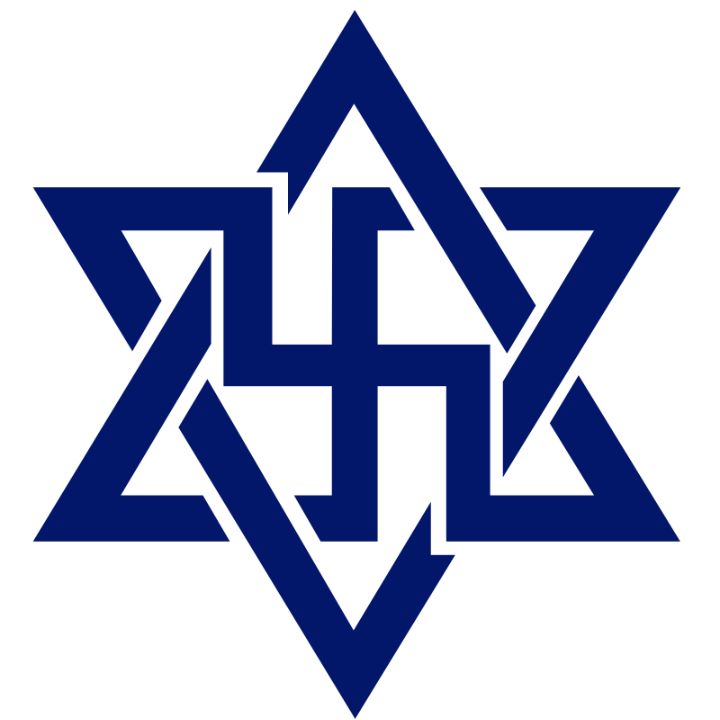
Wikipedia
The Raelian Movement is unique for its belief in life engineered by advanced extraterrestrials. Founded in the 1970s by Claude Vorilhon, or Rael, this international cult claims that all life on Earth was scientifically created by the Elohim, alien creators. They advocate for world peace, the sharing of resources, and the welcoming of the Elohim back to Earth through an embassy they wish to build. The group also supports sexual liberation and genetic engineering, pushing the boundaries of conventional moral and scientific norms. Their practices, which include mass baptisms and public demonstrations, continue to attract attention and controversy.
7. The Brethren

Canva
The Brethren, also known as the Garbage Eaters due to their reliance on discarded food, shun modern society completely. This elusive group avoids all forms of technology and communication with the outside world, living a nomadic lifestyle. Members commit to a life of extreme poverty and simplicity, believing that such sacrifices bring them closer to God. The cult’s leader, Jim Roberts, maintained strict control over members, many of whom reportedly lost contact with their families. Despite their low profile, the group’s radical rejection of contemporary life sparks both curiosity and concern among observers.
8. The Order of Nine Angles
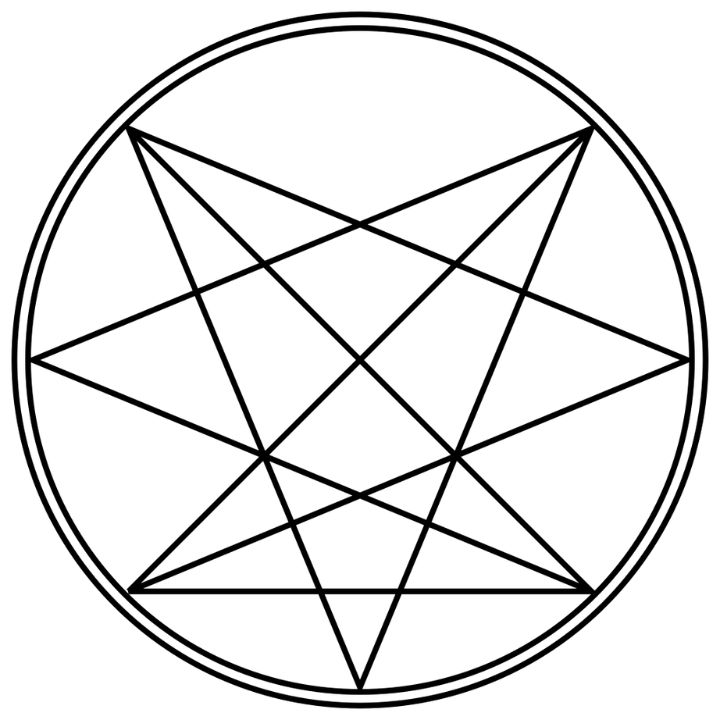
Wikipedia
The Order of Nine Angles (ONA) is shrouded in mystery, known for promoting extreme paths to personal and spiritual development, including the dark arts. Originating in the UK, this occult group blends sinister elements of neo-Nazism with esoteric traditions, aiming to disrupt societal norms through chaos and magic. Their secretive nature and dangerous ideology make them one of the most controversial cults, often linked to violent acts and criminal activities. The ONA’s influence extends into various subcultures, perpetuating its mysterious and dark teachings. Their philosophy, disturbing yet compelling, continues to attract those seeking an alternative path in the shadows.
9. The Movement for the Restoration of the Ten Commandments of God
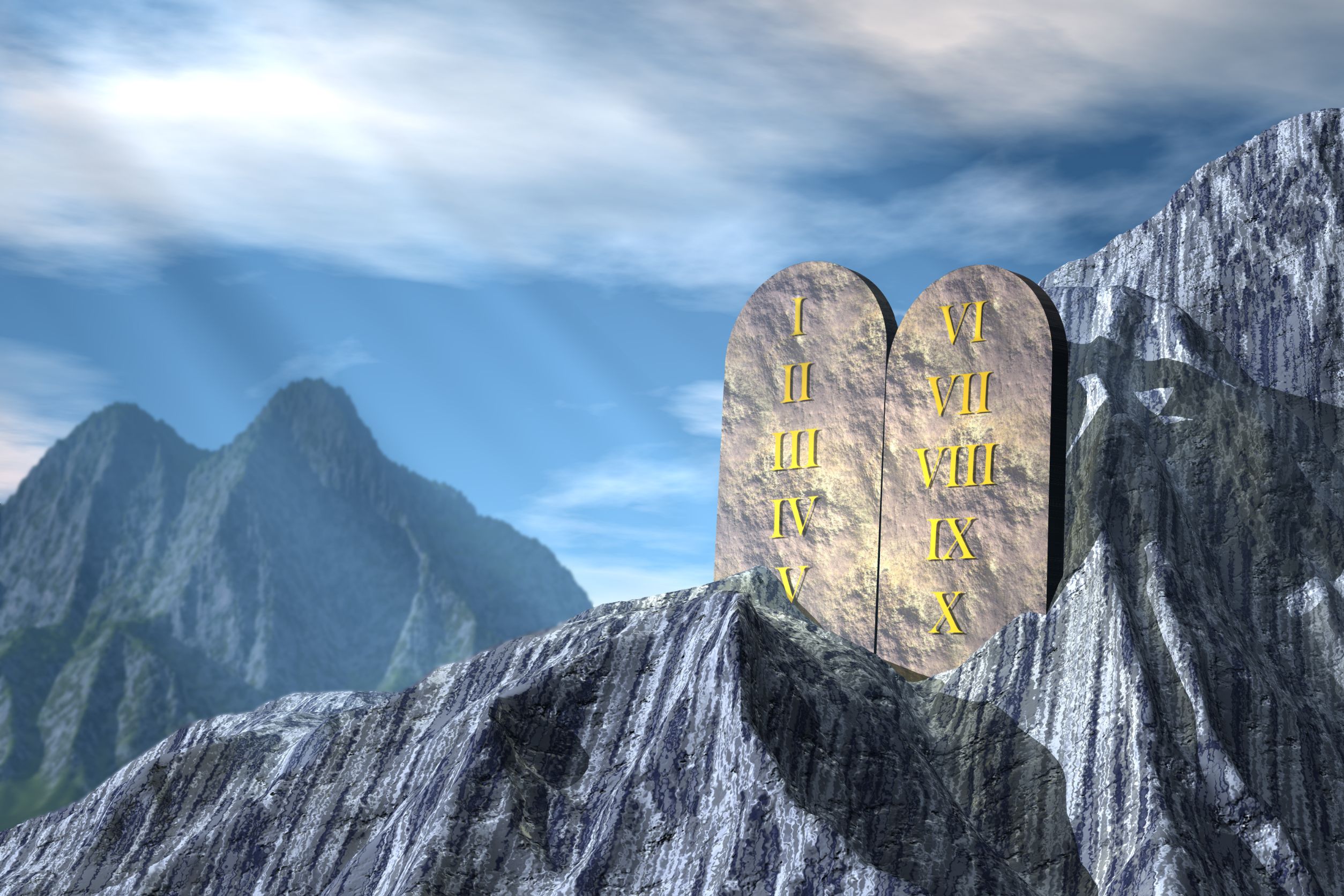
Canva
This Ugandan cult exemplifies how apocalyptic fervor can lead to tragedy. Founded in the late 1980s, the Movement preached adherence to a stricter interpretation of the Bible, particularly the Ten Commandments. Their apocalyptic predictions failed repeatedly, culminating in a devastating fire in 2000 that killed hundreds of members, a suspected mass murder-suicide orchestrated by leaders. The group’s extreme measures for enforcing discipline and silence among followers, including physical punishments, highlight the dangers of fanaticism. This tragic event underscores the lethal potential of cults driven by doomsday prophecies.
10. The Black Order
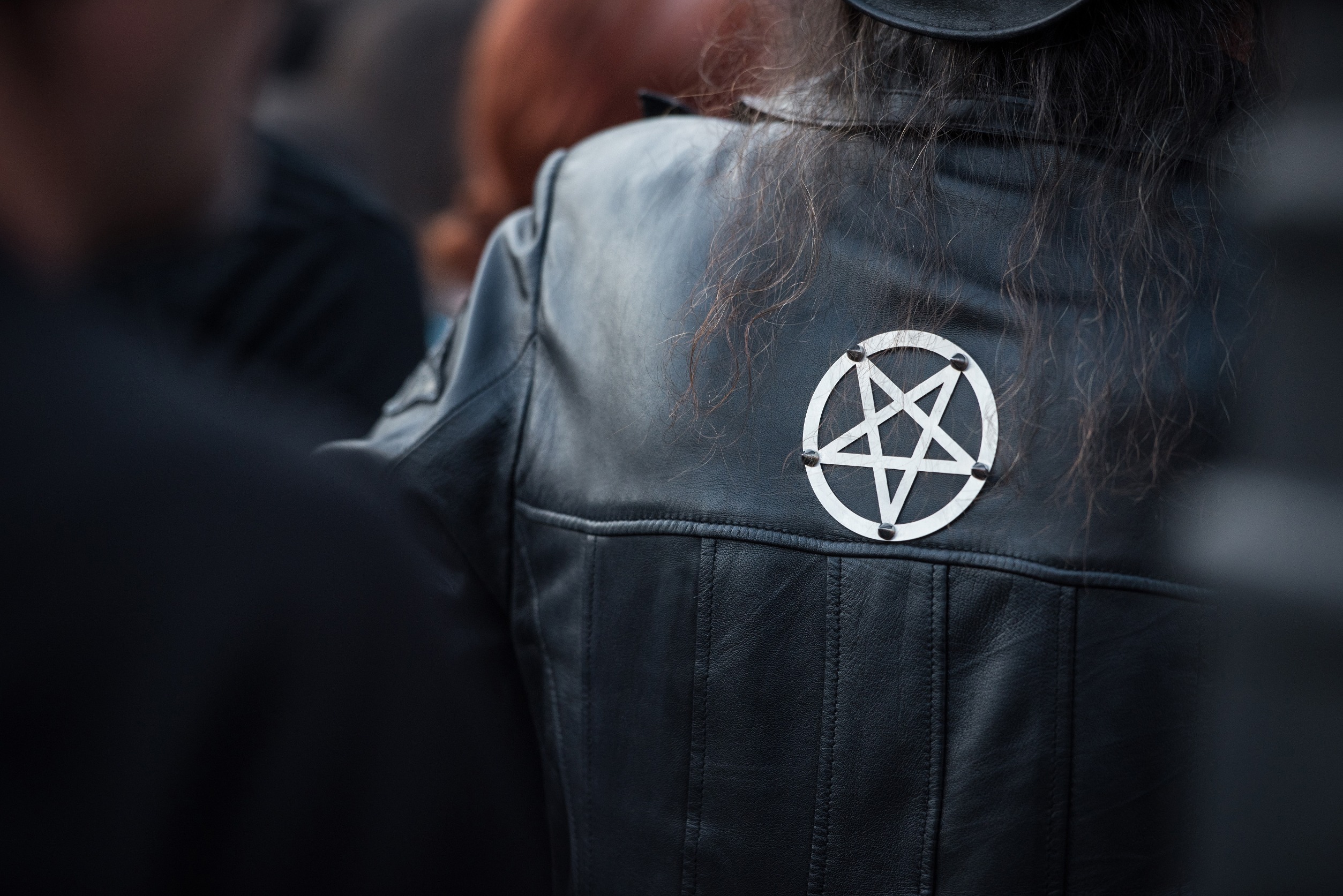
123rf
The Black Order (not related to the ONA) thrives on its aura of mystery and the allure of dark mysticism. Founded in the late 20th century, this group draws on ancient pagan and satanic elements to craft a unique spiritual path that embraces the darker aspects of the psyche. Their secretive practices and esoteric teachings appeal to those with a fascination for the occult and the supernatural. While little is known about their rites and the extent of their activities, their enigmatic presence in the world of cults continues to intrigue and mystify. The Black Order’s blend of mystery and darkness keeps it at the forefront of cultic fascination.
A Glimpse into the Abyss

Canva
Exploring the world of mysterious cults offers more than just a glimpse into unconventional beliefs and practices. It challenges our understanding of faith, authority, and human susceptibility to influence. These groups, with their enigmatic leaders and often tragic ends, serve as cautionary tales about the search for meaning and belonging gone awry. As we peer into the abyss of these secretive societies, we not only satisfy our curiosity but also awaken a vigilant awareness of the fine line between devotion and delusion.
Read More
11 Cults That You May Be A Part Of Without Realizing It
12 Things Baby Boomers Should Try from Gen Z’s Lifestyle
